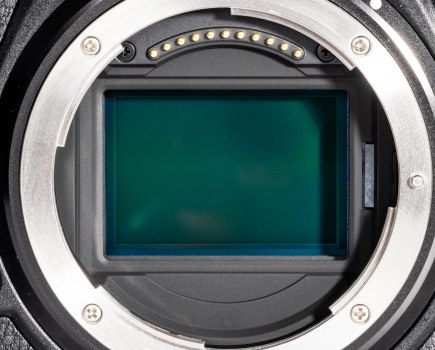Are cine lenses preferable to regular lenses for video? For those embarking on recording video with a camera, Damien Demolder explains the differences and other considerations when it comes to video kits.
One of the challenges of moving into any different area of photography is that we usually need a pile of new equipment, and that is certainly the case when we begin shooting video. Let’s see how much…
You may not need a new camera, as most modern mirrorless models and many DSLRs shoot great quality footage, but microphones, gimbals, cages and filters all come into scope as tools to enhance your filming.
It is natural enough to question whether we can continue using our existing stills lenses or whether to invest in those designed specifically for filming. Cine lenses exist for a good reason surely, so what advantages do they have over the stills lenses we already own?
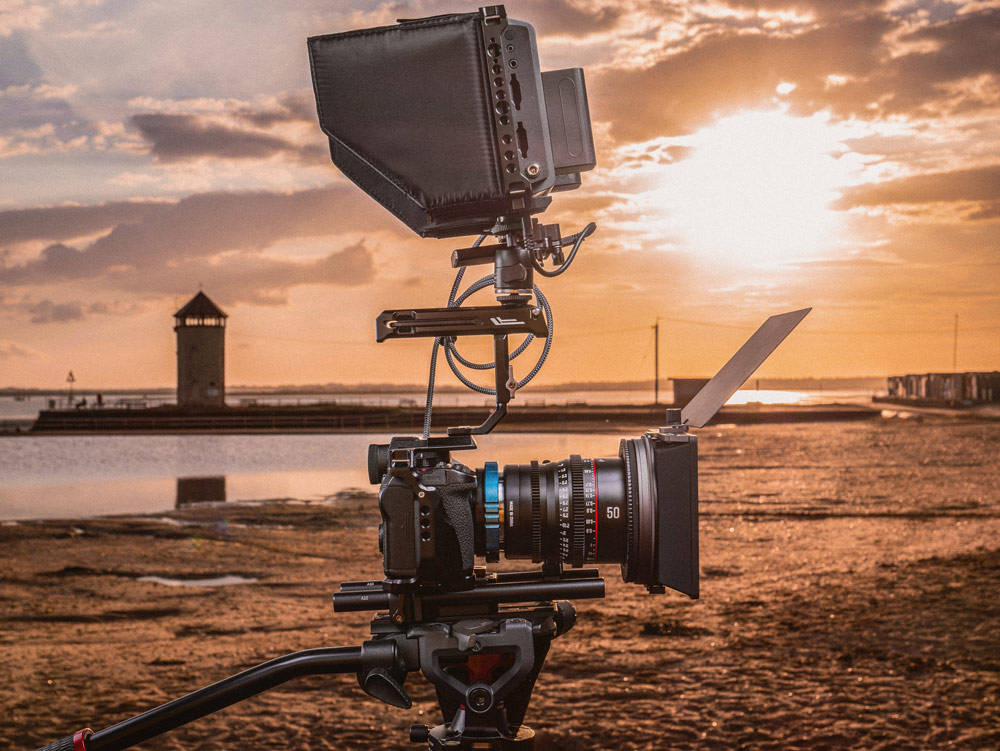
What is the difference between a cine lens and a stills lens?
Cine lenses look quite different to normal stills lenses. They tend to be bigger all over and have a wider filter thread around the front element. They also have rows of teeth on their aperture and focusing rings, with focus distances marked prominently on the barrel.
Cine lenses don’t use f/stops either; preferring T-stops (Transmission stops) which denote the amount of light that passes through the lens rather than just a mathematical figure that refers to the relationship between the physical diameter of the aperture and the focal length of the lens. So f-stops essentially measure only the theoretical aperture opening, and T-stops allow for precise control. This is especially important when you are switching between lenses and want to maintain consistent exposure in your footage.
You’ll also notice that they are all manual focus-only and that they don’t have electronic contacts on the mount to communicate with the camera. (Only high-end cameras with high-end lenses do this).
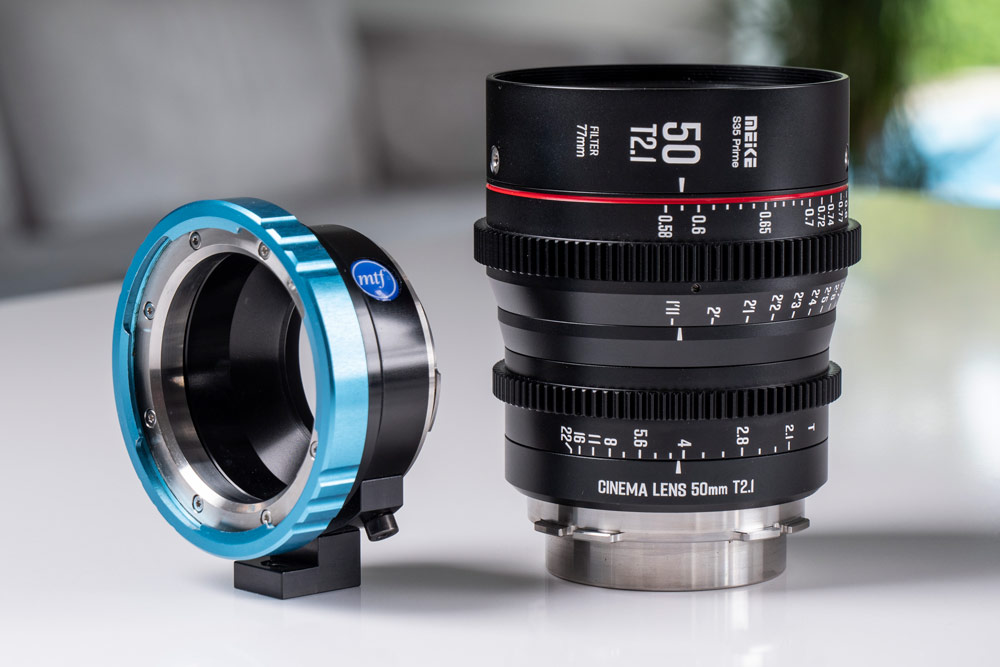
Cine lenses come in a limited range of mount options, as cinema cameras have historically used a standardised mount system. These days you’ll find most come in the PL mount or at least with a PL option, and users are expected to buy an adapter to fit the lenses onto non-PL cameras.
With mirrorless cameras this is easy as the distance between sensor and mount is short, allowing plenty of room for a PL adapter. As other camera systems have become popular for filming you’ll also find plenty of lenses in the Canon EF mount, Sony’s E mount, and plenty designed for Micro Four Thirds.
Lenses designed for full frame sensors are still relatively few as the full frame sensor is relatively new to digital film making. The most popular format has been Super-35mm, or S35, which quite neatly corresponds to the size of an APS-C sensor, so it works nicely with APS-C format cameras and full frame models that offer an APS-C crop for filming – which most do.
The benefits of using cine lenses for video
Plenty of people make great and successful films with regular stills lenses, but here are some of the benefits of using cine lenses.
They come in a set
You can buy or rent the whole set, but you can also just get the focal lengths that you need for your project. These sets are known as ‘matched’, which means they should all have the same look, produce the same colours and usually have their control rings in exactly the same places.
The idea of matched sets is that when you switch lenses during filming it only affects the angle of view of the shot, not the colour or the contrast. In stills photography, it’s fine to have a slightly different look from one shot to the next, but in a film such changes are unwelcome; as they fragment the footage. This looks bad and can distract a viewer from the narrative.
The matched positions of the aperture and focus rings make it easier to switch lenses when the rig around the camera has control systems designed to adjust focus and apertures. These motors or manual ‘follow focus’ systems won’t need to be repositioned when you switch lenses, as the rings they control are in the same place on every lens in the set. That makes life much easier.
T-stops
Cine lenses use T-stops which are a measure of Transmission – or how much light that aperture allows to pass to the sensor. F-numbers are just the answer when we divide the focal length of the lens by the physical diameter of an aperture – so they don’t tell us how much light is lost inside the lens.
F-stops are fine for stills photography as we don’t notice a slight difference in exposure from shot to shot when we change lenses; but in a movie, brightness changes in different shots of the same subject will really stand out. Using the T-stop system allows users to know that when they set T5.6 on two different lenses the brightness of the image will be the same from both.
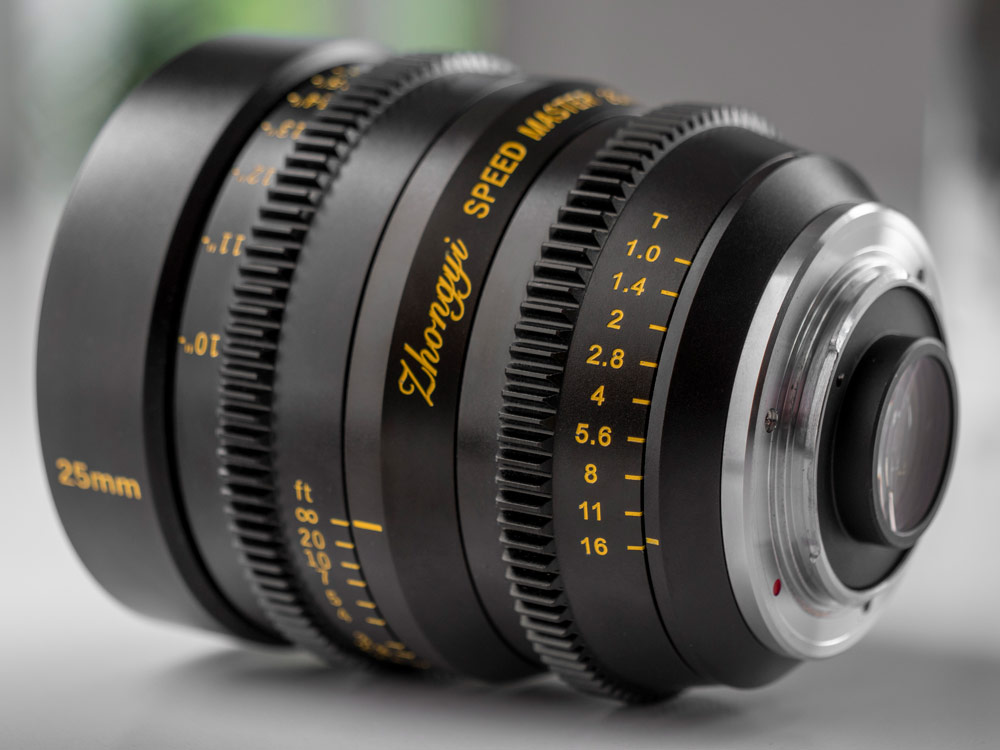
Easier manual focus
If you are focusing manually there’s little doubt that using a cine lens will make life easier. You can manually focus a regular lens too of course, but a cine lens will have an oversized focusing scale and will very often have the focus mark on the side of the lens to make it easier to see when the camera is mounted high up. Prominent markings are also useful when we need to accurately pull focus from one part of the scene to another, repeatedly. Cine lenses tend to have a long ‘focus throw’ ‘- the degree of rotation required to get from infinity to the closest focus. This makes small and gradual focus changes easier to achieve and allows us more control over the speed of transitions and how consistent that speed is. Focusing manually offers a lot more creative control.
Clickless apertures
If you need to change the aperture during filming you don’t want the click sounds of the aperture ring to come out on the audiotrack, so cine lenses have clickless aperture rings. This also makes aperture shifts smoother, as there are no hard stops to create sudden jumps in exposure. Manufacturers launch more and more clickless lenses or add an option to de-click the aperture with a switch of a button.
A softer look
Modern stills lenses are usually designed to produce a sharp, contrasty and detailed image, as that is what stills photographers want. Those shooting fiction and looking for atmosphere though tend to look for a less-interrogating style, and value a flattering lens that doesn’t show too much detail.
Not all cine lenses are the same of course, but they are more likely to invite a little flare, to offer a slight glow and perhaps be happy to darken a little in the corners. Usually all the lenses in a set will have similar ‘fault’ characteristics.
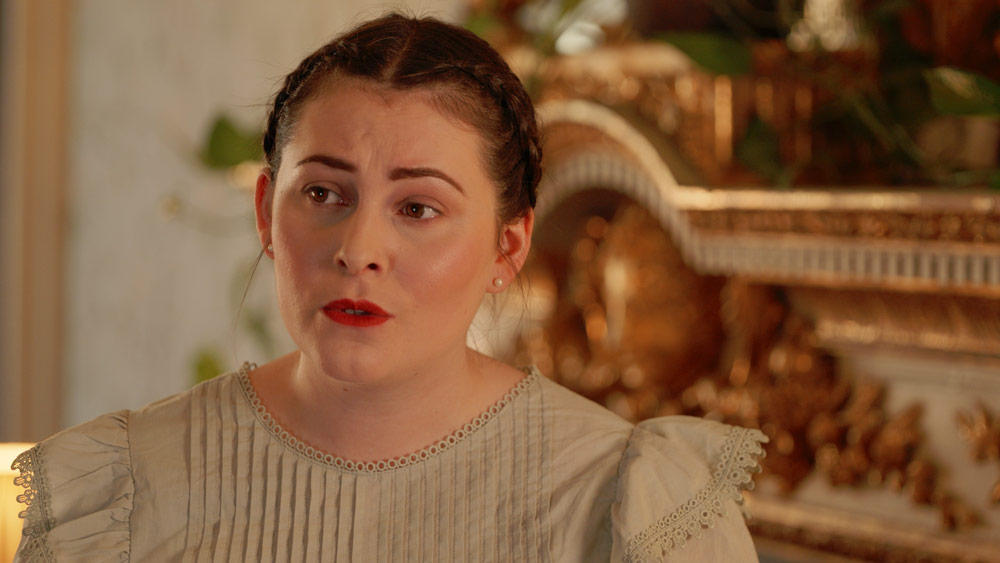
The benefits of using modern stills lenses for shooting video
While there are many good reasons to use cine lenses, weigh these against sticking to what you have already. A still won’t cost anything extra, stills lenses tend to be quite a lot cheaper than professional cinema lenses, when you need another focal length. They are also often smaller and lighter, and take smaller filters – that also cost less.

Although you may want to try and focus manually, for filming, modern AF systems are excellent at tracking a moving subject, and some mirrorless cameras, such as the Panasonic Lumix series, can be programmed to transition focus automatically from one distance to another.
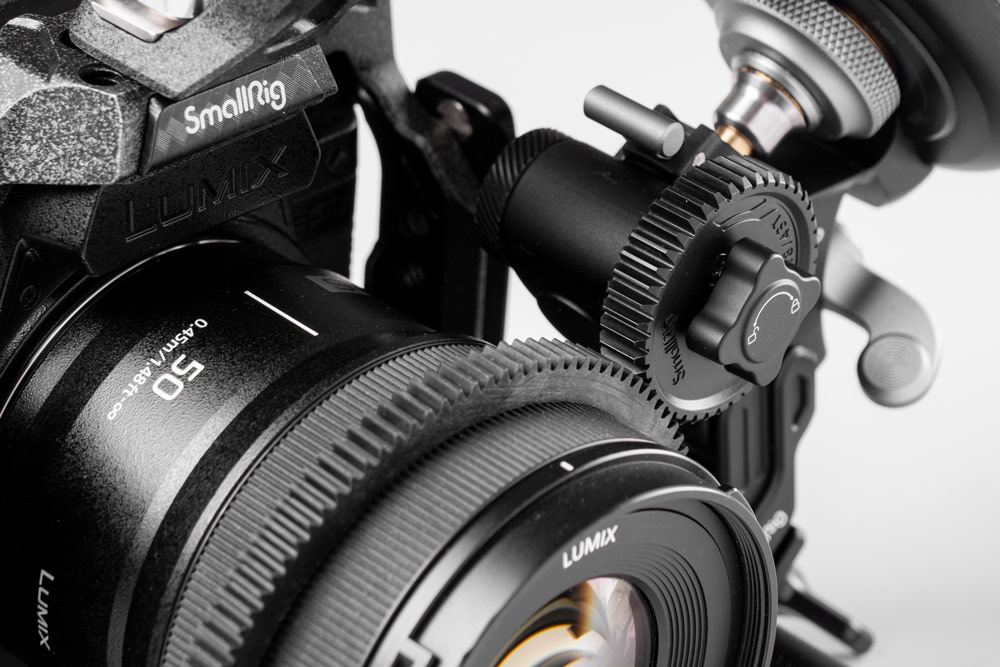
Touch screens, and automatic subject detection, also make keeping on the right subject much easier than before. You will also find many more zooms in the stills world than in the cine world, and these relatively compact lenses make working on a gimbal much more practical.
Using specialist lenses
Some particular looks and styles we see in cinema can’t be replicated with regular stills lenses. You will be able to find old stills lenses that flare and which have a nice soft look, and you can use soft focus or black mist filters to make a regular lens more ‘cinematic’. But the look of an anamorphics lens cannot be simulated as the effects are created optically.
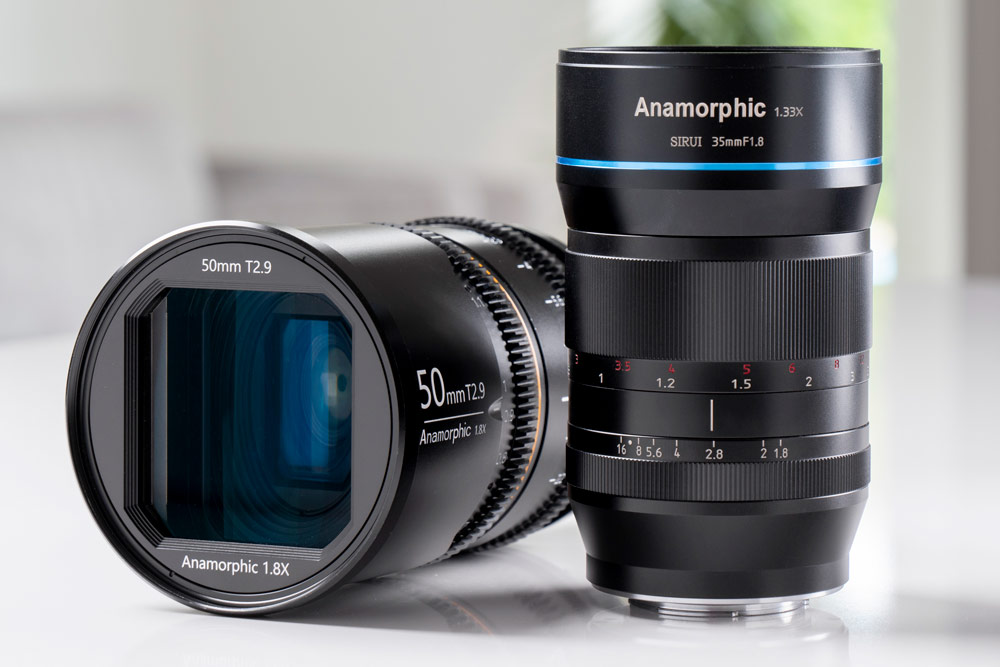
A cylindrical element in the lens captures a view that’s wide on the horizontal axis but normal on the vertical axis, and then compresses that wide view to fit on a regular shape sensor.
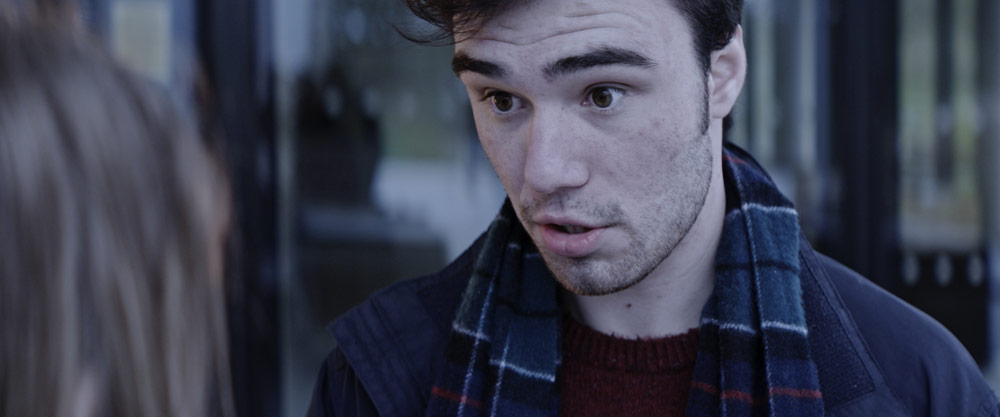
The view is ‘de-squeezed’ in post-production to produce the letterbox shape image we associate with old westerns and a lot of modern day cinema. You can crop a regular image to the 2.4:1 aspect ratio, but it won’t have the same look as a shot taken with an anamorphic lens.
Cine vs stills lenses – think about the job at hand
As is often the case, the kit you ‘should’ use depends on the job at hand. For a holiday video, a video diary, nature or any form of informational video, shooting with your regular stills lenses will be absolutely fine – in many cases actually the best option.
If you are a lone ranger too, shooting with the benefits of a good AF system that you are familiar with will save time and effort, and allow you to concentrate on your composition and not trip over while walking around with the camera.
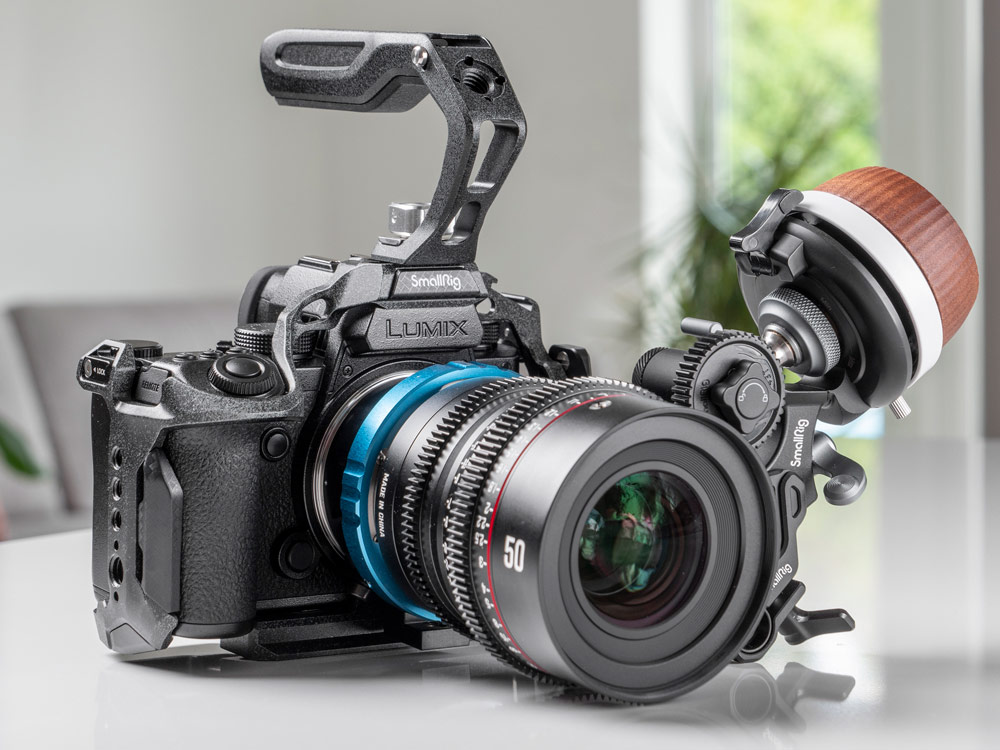
However, if your film needs a dose of atmosphere, romance, emotion, a dreamy feel – to dramatise real life in some way etc. – cine lenses will achieve the look you desire more easily and effectively.
They will help you to create a consistent characteristic from one focal length to another and allow changes of viewpoint that transition so smoothly that the audience will hardly notice. Regular stills lenses tend to produce a more factual and neutral look, while cine lenses tend to imbue scenes with more atmosphere, romance even; ultimately producing an image more beautiful.
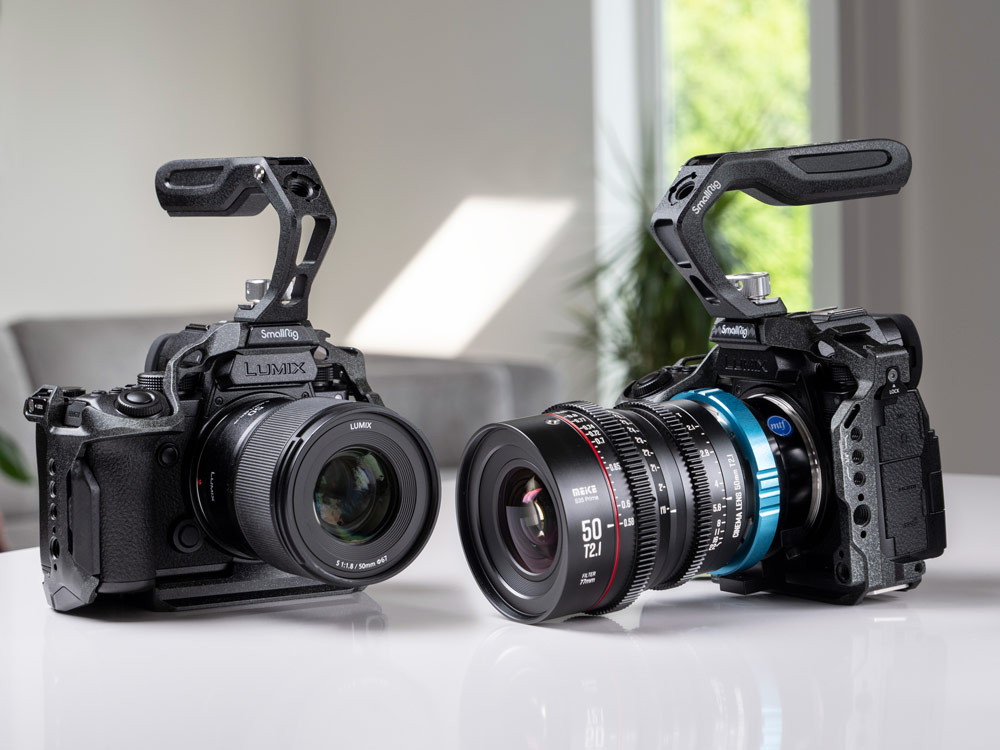
I say ‘tend to’ because not all cine lenses and not all stills lenses are the same, and it’s pretty common to find old stills lenses rehoused in a cine body for their classic characteristics. Hopefully, we’ve cleared up the key differences between stills and cine lenses for shooting video, but do get in touch if you have any further questions – email ap.ed@kelsey.co.uk
Related reading:
- The best lenses for recording video
- Does sensor size matter for video?
- Best value editing software, including free tools
- Nikon Z8 interview: Nikon looking at introducing CINE lenses








